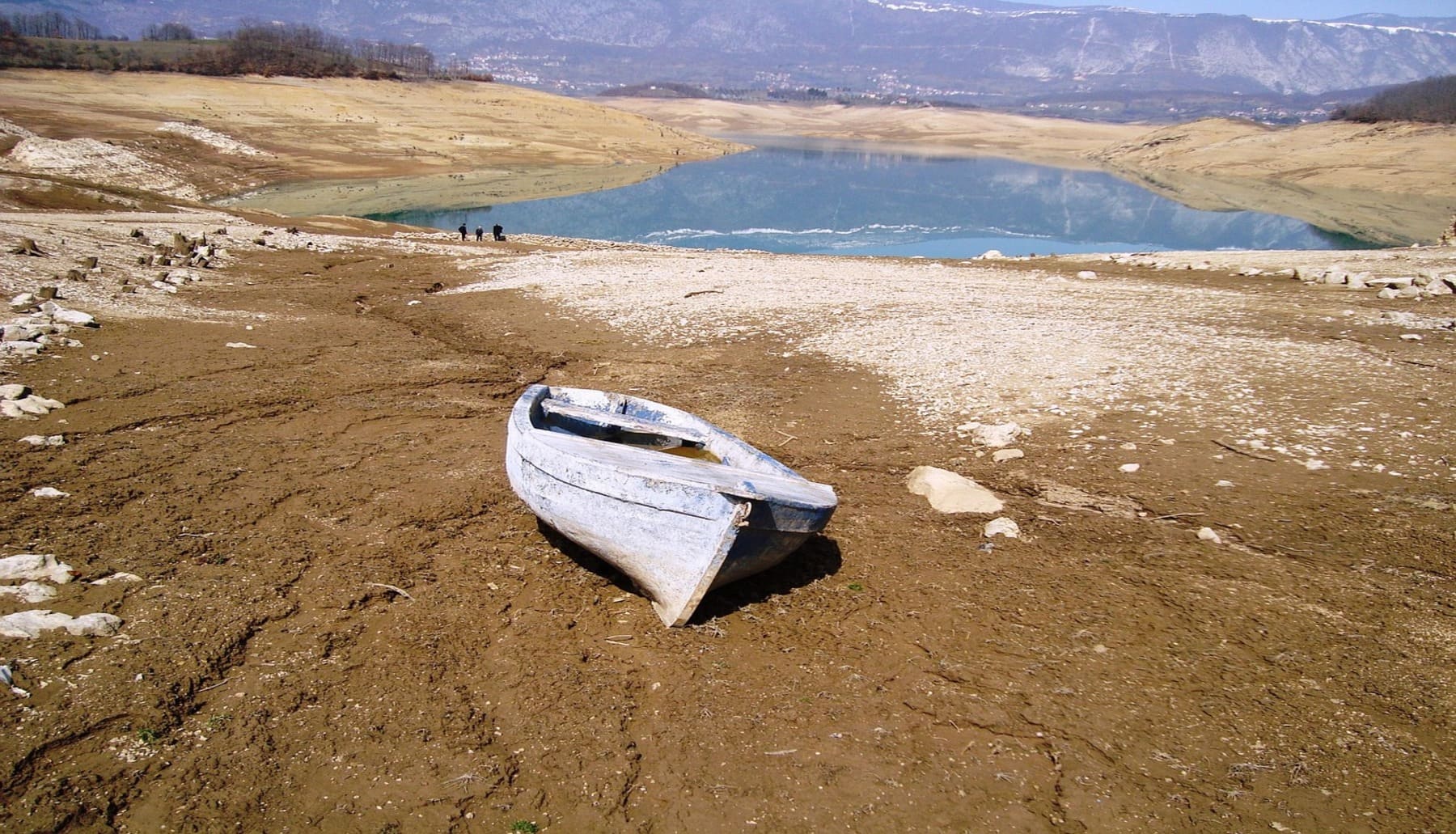Almost three quarters of the national territory is threatened by desertification And that is why from the Ministry for Ecological Transition and Demographic Challenge (Miteco) a national strategy to fight desertification (End) is launched.
This new plan will collect just under a hundred concrete measures to stop this problem derived from drought; Measures that will be launched from now on until 2030.
This initiative replaces the National Action Program that 2008 and will focus above all on “conserving and improving the natural capital of the Arid, semi -arid and dry subhummed areas of Spainas well as move towards neutrality in land degradation ».
National Plan against Desertification
The New National strategy to fight desertification (end), presented on Monday by the Ministry for Ecological Transition and the Demographic Challenge (Miteco), will develop 45 concrete measures From here to 2030 to deal with a problem that threatens up to 74 % of the Spanish territory.
The presentation has been developed on the eve of the world day to fight desertification and drought that is commemorated every June 17 since 1994, when the C was adopted in ParisUnited Nations on the fight against desertification (CNULD), An international treaty that seeks to stop the degradation of land, mitigate the effects of drought and promote sustainable land use, especially in the most vulnerable areas.
The end replaces the national action program that 2008 date, He explained the general deputy director of forest policy and fight against desertification, Elsa Enriquez, who has insisted that this new plan seeks to “conserve and improve the natural capital of the arid, semi -arid and subhummed dry areas of Spain, as well as move towards neutrality in the degradation of the lands”.
Actions against desertification
This strategy will seek to identify initiatives that promote public-private collaboration to implement integrated projects or actions to fight this problem, toothers to reinforce the surveillance system for evaluation and monitoring and inclusion of all possible data in the integrated information on biodiversity.
In addition, the National Plan for Priority Actions in Hydrological-Festal Restoration, Erosion and Defense Control against Desertification and Integrate Restoration Actions of Affected Territories will review and update.
Among the challenges raised is the elaboration of an atlas of desertification in Spain, the creation of a methodological guide to identify and give PRIority to certain intervention zones or the implementation of a National Committee to Fight Desertification.
Spain is considered “affected part” to a problem that “has up to 74 % of the territory at risk of desertification” according to Enriquez, to which we must add “commitment” to other affected countries and “with the planet, since 40 % of the lands are degraded”
The general director of biodiversity, forests and desertification, María Jesús Rodríguez, added that “Land restoration creates employment, supports climatic transition and economic resilience and contributes to food security.”
An example of restoration are the actions carried out to Restore Mar Menor“An example of a comprehensive model to fight land degradation and desertification,” according to the deputy deputy director of forest policy and fight against desertification, María Torres-Quevedo.
According to Torres-Quevedo, four main activities diminished the viability of the lagoon throughout the decades: “mining, urban development, intensive agriculture and swine livestock.”
The framework of priority actions to “act at the origin and give priority to nature -based solutions, recover the natural dynamics of the lagoon and restore and Renaturalize the most affected areas of the Vertiente basin»It has required an initial budget of 484 million euros.
Among the specific actions, managed by the General Directorate of Biodiversity, Forests and desertification, the “green belt” composed of wetlands, green filters and renaturalization areas with the aim of intercepting and purifying waters, reduce the runoff and retain sediments before the lagoon, in addition to contributing to the improvement of biodiversity.
The plan includes other actions such as the remediation of former locations of abandoned mining waste and the reinforcement of state centers for the conservation of marine species and plant production, as well as the development of a decision support system that allows a more effective monitoring of interventions. EFE / ECOticias.com

